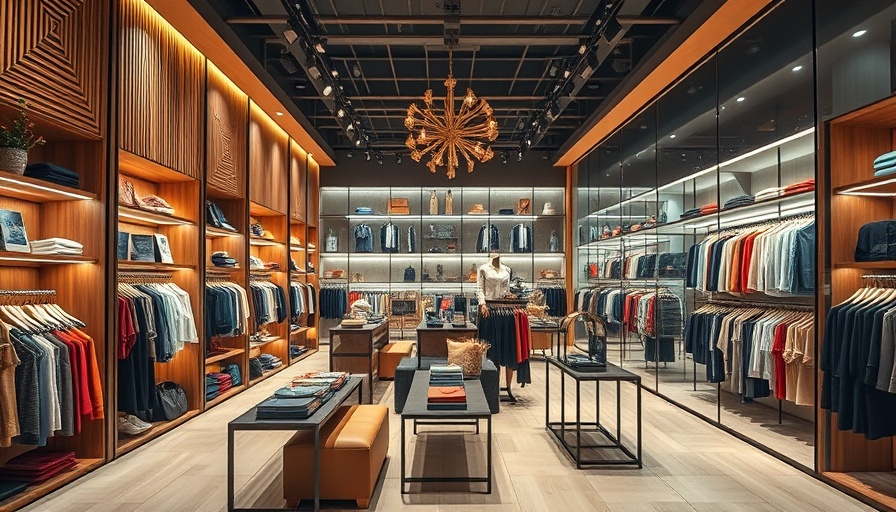
Mastering Retail Store Layouts to Boost Revenue
Every small business owner knows the importance of a well-planned retail store layout. It's not merely about placing products on shelves; it’s about crafting a shopping experience that maximizes revenues. The right layout guides customers to your top-selling items, encourages impulse purchases, and allows for smooth traffic flow.
Understanding Key Retail Layout Types
Most retailers employ one of nine foundational layout types: grid, loop, spine, boutique, herringbone, diagonal, forced-path, angular, or free-flow. Each design comes with its advantages, tailored to your space and product type. For instance, grocery and big-box stores often use grid layouts, maximizing shelf space while making it easy to navigate through aisles.
Tailoring Your Layout to Customer Experience
Choosing the right layout is crucial for creating a positive customer experience—one that keeps them coming back. For example, free-flow designs work well for boutiques to create an inviting atmosphere, while a loop layout can guide customers through a predetermined path in stores. These subtle cues can influence how long a customer spends in your store and how much they spend.
Future Trends in Retail Store Layouts
As shopping experiences evolve, innovative layout designs will continue to emerge. Retailers are increasingly integrating technology into their floor plans, such as digital signage and smart displays, which can adapt based on customer interaction. This shift offers exciting opportunities for engaging customers in ways that traditional layouts could not.
Practical Tips for Designing Your Store Layout
- Consider Your Target Market: Knowing your customers' preferences is essential. Tailor your space to meet their needs.
- Leverage Traffic Flow: Anticipate and design for how customers will move through your space, ensuring ease of access to key products.
- Embrace Seasonal Changes: Regularly update your layout to showcase seasonal items or promotions, inviting repeat visitors.
With the right approach, your retail store layout can transform how customers perceive your brand and interact with your products. Start planning today to enhance the shopping experience and drive sales.
 Add Row
Add Row  Add
Add 




Write A Comment